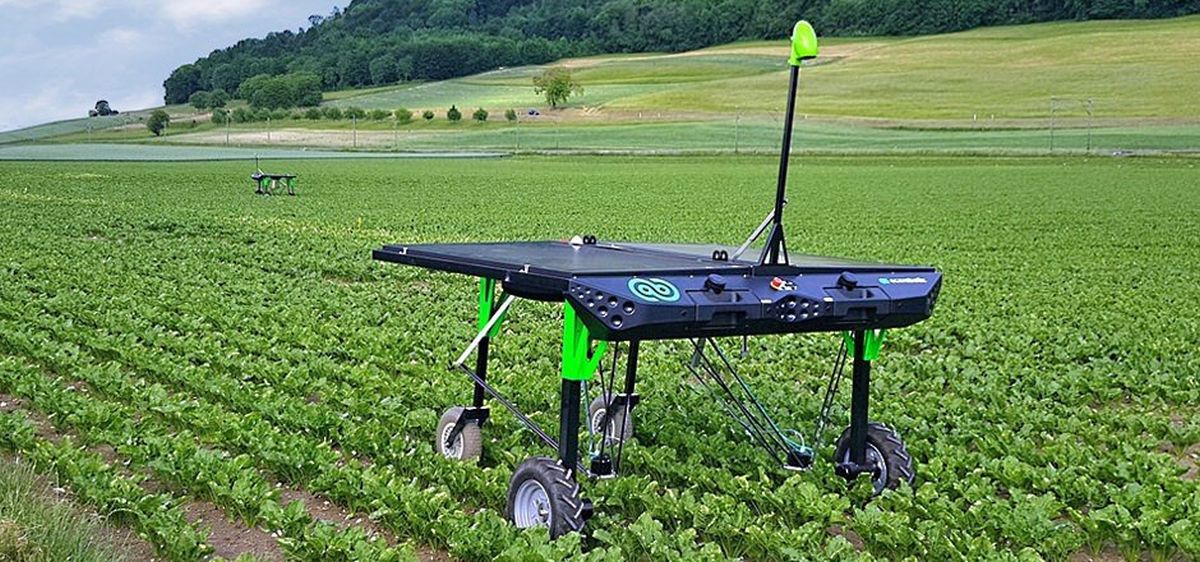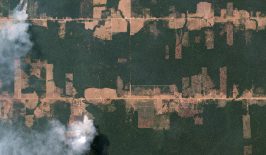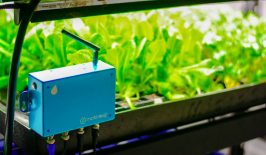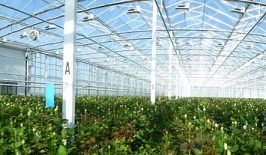Fighting weeds in farming and agriculture is just one of the promising uses of AI, machine learning, and robotics.
A weed is generally any plant that’s growing where you don’t want, but true weeds are more narrowly defined. Around three per cent of all known plants – or 8,000 species – are characterised as weeds. These are troublesome in various ways – such as rapid and abundant seed production, fast population growth, adaptations to many soils and locations for spread, and seeds that show long-term survival and dormancy. Of course, weeds play their role in other ways, offering soil stabilisation, habitat and sometimes feed for wildlife, nectar for bees, and so on. But many weeds are poisonous or harmful to wildlife and humans as well, and scientists are predicting that global warming will increase weeds and pests and reduce harvests.
Removing weeds to more successfully grow crops without competition has always been a battle for humankind. From urban gardeners removing weeds from their small herb patch to farmers fighting infestations across thousands of hectares, weeds put up a constant fight. Controlling weeds at the scale needed for farmland generally involves using chemicals, sprayed from tractors or even from planes. This covers large areas but is messy: sprays can blow away, spread to the plants we want to harvest later on and get washed into soil and waterways. Some kinds of herbicides may even be contributing to the collapse of bee colonies; a disaster for nature’s crucial tiny workers and natural pollinators.
Enter modern software engineering techniques to fight weeds. There are a number of ideas and innovations approaching this problem.
Among the techniques being tried is an autonomous weed puncher. Just as our forebears used tools and a substantial amount of violence to remove weeds, so does German company Bosch. A startup founded within the company called Deepfield Robotics developed a model to correctly and precisely identify weeds, and then precisely apply brute force to force weeds back down into the ground, stopping their production.
Blue River Technology in the United States, recently acquired by manufacturing giant John Deere, has developed a robot known as See and Spray that uses two cameras and an image library to identify weeds. The robot directs micro-amounts of herbicides at identified weeds, minimising off-target spraying, leading to a reported 90 per cent reduction in herbicide use. That protects the environment and reduces the cost of maintaining crops for farmers. Blue River is targeting cotton and soybeans, and is ramping up spray speeds from 6.4km/h to 9.7km/h. It also hones its accuracy by applying machine learning by taking images as it operates, to improve the technology accuracy.
Swiss company EcoRobotix has a similar operation, via a lightweight solar-powered robot that operates in a similar way, applying microdoses of herbicide via robotic arms to reportedly use 95 per cent less chemicals than traditional methods. Using a camera and GPS sensors, and powered by solar panels, the tabletop-on-wheels robot can work for up to 12 hours detecting and destroying weeds, operated by smartphone. It can cover just over three hectares of land per day.
EcoRobotix can currently look after beets and canola crops, and is planning to be available to market in 2019 at up to 30 per cent cheaper than a standard tractor spreader that would otherwise be used to do the job.






